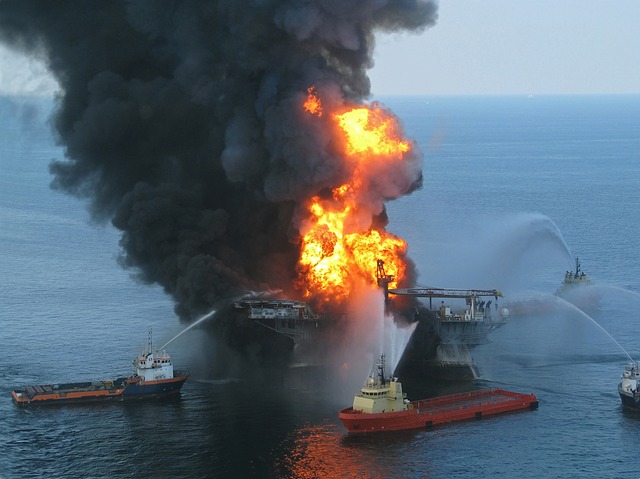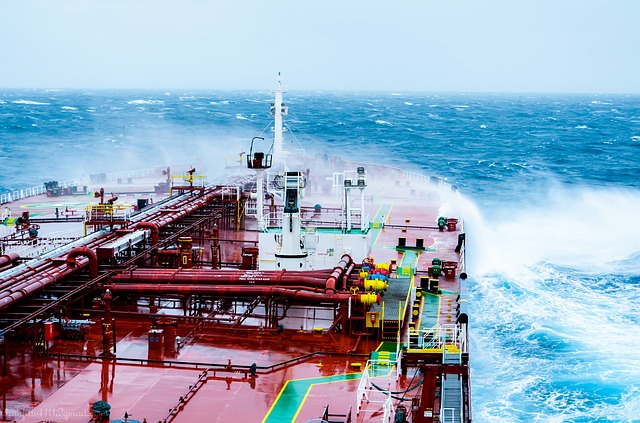- Maritime Cases
- Maritime Injuries
- Admiralty Laws
- How Claims Work
- During Your Case
- Hiring an Attorney
- Attorneys
- About The Young Firm
- Helpful Info
- Resources
- Client Portal Hub
Get Answers. Move Forward.
504-680-4100
As a maritime worker, your unique job responsibilities expose you to many dangerous maritime hazards. We have studied and investigated maritime accidents on vessels, barges, and rigs for more than 25 years. These are some of the most common situations that have injured our clients.
While explosions are, fortunately, rare offshore and on vessels, the hydrocarbons and compressed steam that you use can ultimately give way to explosions.

Lack of communications about the proper lock out tag out procedures, faulty valves or gauges can also contribute to a hydrocarbon (oil or gas) explosion or a serious steam release.
Fortunately, BSEE almost always thoroughly investigates such serious incidents making it easier to prove why the explosion should not have happened. According to BSEE, there have been 969 fire/explosion incidents offshore since just 2009. That’s an average of 121 incidents a year.
Marine work often requires that you handle a lot of wires and cables, particularly crane cables or barge wires. These cables and wires become dangerous when they are moved quickly and without warning. Hand injuries are common, and while your company may claim you got into a ‘pinch point’, we find this is often just an effort to improperly blame you for a cable or wire injury. Under the worst circumstances, broken wires and cables can strike you or your co-workers. Our office helped two individuals who were needlessly struck in their heads by a breast wire, causing severe injuries to both.
Lifting heavy weight all day is usually just a part of your job working offshore or on a vessel. Even vessel captains and rig floor supervisors can be called on to pitch in and help move heavy equipment. Since 2009, there have been 1361 offshore lifting accidents/incidents reported to the BSEE.
We have found that most lifting accidents occur in one of two ways:
You may become injured when your company doesn’t use a mechanical way to lift the weight, or if your body is in an awkward position while trying to lift or move the weight. Both of these situations can often be the fault of your company. And remember, just because your company ‘always did the job that way’, doesn’t mean it was being done safely.
Drilling rig floors are incredibly dangerous. Drill pipe, slips, air hoists, elevators and everything around the rotary can become dangerous equipment. Everyone on your rig floor needs to work together as a team. Even though you may be pulling slips with two other floor hands, your driller or assistant driller is also part of the job, operating the brake. And speed is often stressed over safety on the rig floor. The hole has to get finished by a certain date or your company ‘falls behind’. Accidents on the rig floor commonly happen due to slip or trip hazards on the rig floor, improper operating of the brake, elevators or a hoist, or a co-worker’s failure to properly help with lifting equipment.
As a maritime worker, you are often required to transfer from one location to another throughout your work. This may involve the use of a personal basket, a gangway, or just jumping from one vessel to another vessel or barge. Personal basket accidents are extremely common. And even though the law requires that your company give you ‘safe ingress and egress’ on and off of your vessel, many vessel transfers still injure thousands of workers every year. Sea conditions, deck conditions, and proper communications are all critical factors in your ability to safely transfer.

While slip and trip accidents may seem simple, there are actually very technical ways to investigate if the deck, steps or ladder rungs were safe at the time of your accident. First, all marine decking or footholds should have proper non-skid protection. This can be anything from old-fashioned ‘walnut shells’ in the paint of a tugboat, to more commercial products that are applied to the deck or steps. Non-skid protection can be measured by testing the dynamic coefficient of friction (DCOF) across the surface. Steps and ladders must have proper ‘rise to run’ ratios, meaning the steps are properly spaced and don’t feel awkward as you climb them. Steps and ladders may also need faceplates or lipping attachments across the front of them to serve as slip protection. Your slip and fall injury is often the result of design errors that occurred before you actually suffered your fall.
According to a basic safety principle, any dangerous conditions or potential accidents should be approached in three ways.
In all of our cases in the last 25 years, we have found that at least one of these basic safety principles was not followed.
More resources on maritime accidents: